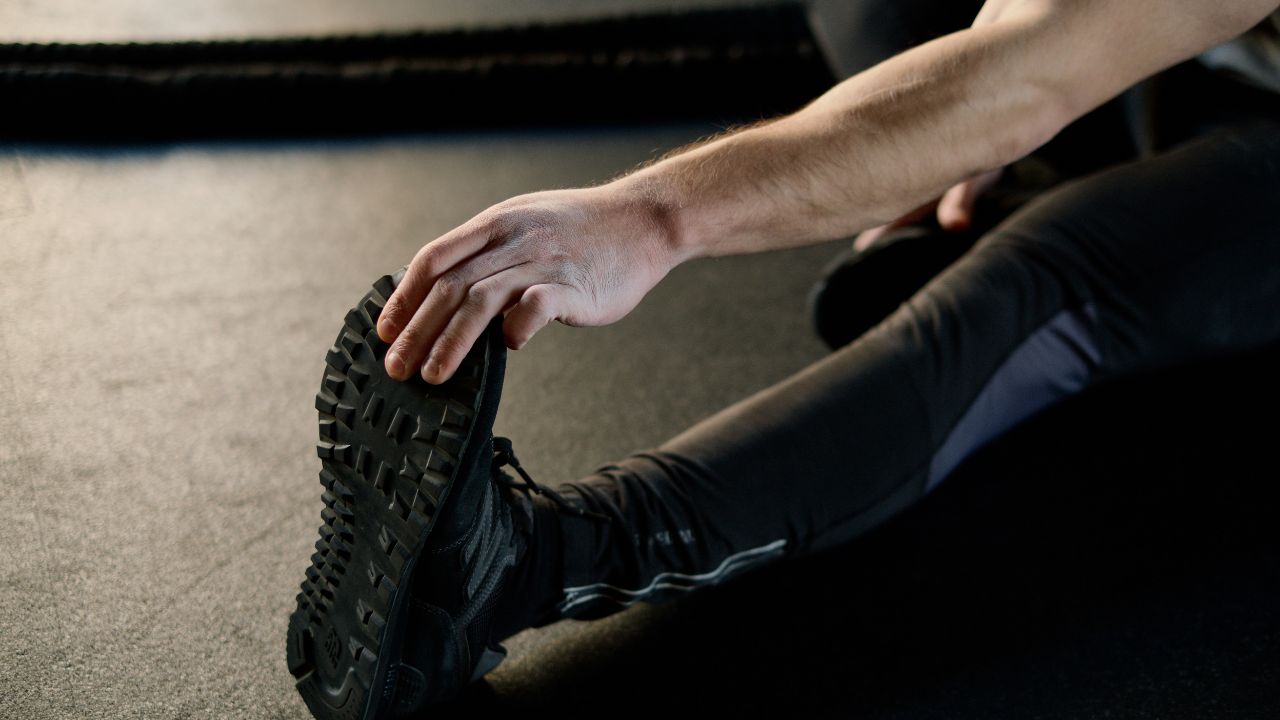
Understanding Stretching and Flexibility
Stretching is an essential component of any fitness routine, as it helps improve flexibility, range of motion, and overall muscle health. However, not all stretching techniques are created equal. Two common types of stretching are dynamic stretching and static stretching, each with its own benefits and applications. Understanding the difference between these two stretching methods can help you optimize your warm-up and cool-down routines, leading to better performance and reduced risk of injury.
Dynamic Stretching: Preparing Your Body for Movement
Dynamic stretching involves performing controlled movements that mimic the activity you are about to engage in. These stretches are designed to gradually increase your heart rate, raise your body temperature, and prepare your muscles for the demands of your workout. Dynamic stretches typically involve moving through a range of motion, such as leg swings, arm circles, or walking lunges. By actively moving your muscles and joints, you help increase blood flow, improve coordination, and enhance overall performance.
Dynamic stretching is particularly beneficial before engaging in activities that require explosive movements, such as sprinting, jumping, or playing sports like basketball or soccer. By preparing your body for the specific demands of your activity, dynamic stretching can help reduce the risk of injury and improve your overall performance.
Static Stretching: Improving Flexibility and Reducing Muscle Tension
In contrast to dynamic stretching, static stretching involves holding a stretch in a stationary position for a set period, typically 15-30 seconds. During a static stretch, you gently lengthen your muscle to a point of slight discomfort and hold the position without bouncing or moving. This type of stretching focuses on gradually increasing flexibility and reducing muscle tension.
Static stretching is most effective when performed after a workout, as part of your cool-down routine. When your muscles are warm and more pliable, static stretching can help improve your overall flexibility, reduce muscle soreness, and promote relaxation. Incorporating static stretches into your post-workout routine can also help maintain a healthy range of motion in your joints and prevent muscle imbalances that may lead to injury.
Combining Dynamic and Static Stretching for Optimal Results
To maximize the benefits of stretching, it is important to incorporate both dynamic and static stretches into your fitness routine. Begin your workouts with dynamic stretches to prepare your body for the demands of your activity, and end with static stretches to improve flexibility and reduce muscle tension.
When performing any type of stretch, it is crucial to listen to your body and avoid overstretching or pushing yourself beyond your limits. Stretching should never be painful, and if you experience any sharp or persistent pain, stop immediately and consult with a healthcare professional.
The Importance of Consistency and Proper Technique
Regardless of the type of stretching you choose, consistency is key to seeing results. Incorporate stretching into your daily routine, even on days when you are not engaging in physical activity. Regular stretching can help maintain flexibility, reduce the risk of injury, and improve overall muscle health.
Equally important is using proper technique when stretching. Always warm up your muscles before stretching, as stretching cold muscles can lead to injury. Focus on maintaining good posture and alignment, and avoid bouncing or jerking movements. If you are unsure about how to perform a specific stretch, seek guidance from a qualified fitness professional or physical therapist.
Conclusion
Understanding the difference between dynamic and static stretching is essential for optimizing your fitness routine and reducing the risk of injury. By incorporating both types of stretches into your warm-up and cool-down routines, you can improve flexibility, enhance performance, and maintain overall muscle health. Remember to listen to your body, use proper technique, and stay consistent with your stretching practice to see the best results.
 Mobility trainingHome Fitness RecoverySports Injury PreventionPersonal Physical TherapyOrthopedic SolutionsPrivacy PolicyTerms And Conditions
Mobility trainingHome Fitness RecoverySports Injury PreventionPersonal Physical TherapyOrthopedic SolutionsPrivacy PolicyTerms And Conditions
